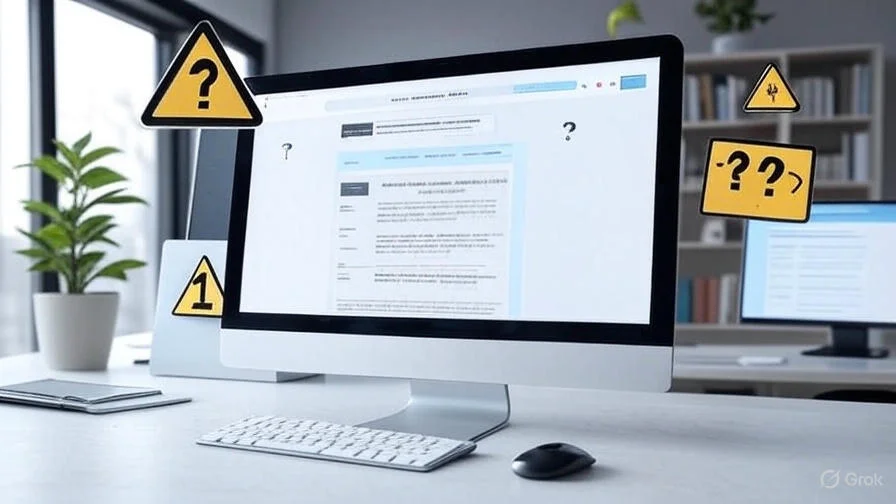
What is Yazmosrolemia?
Yazmosrolemia is a multifaceted concept that has garnered attention across various domains, ranging from sociology to psychology. The origins of the term can be traced back to early 20th-century discussions on socio-cultural phenomena, where it was initially defined in the context of group dynamics and interpersonal relationships. Over the decades, its meanings have evolved, allowing it to encompass a broader range of interpretations based on cultural and situational contexts.
In essence, yazmosrolemia refers to the intricate interplay of emotions, beliefs, and behaviors exhibited within community settings. This concept highlights how collective experiences shape individual identities and influence interpersonal interactions. For instance, in a sociological context, yazmosrolemia can articulate the dynamics of social cohesion and conflict resolution among disparate groups, illustrating how shared narratives contribute to community building.
Psychologically, yazmosrolemia illustrates the manner in which individual perceptions are influenced by social environments. It acknowledges that the emotional landscape of a group can significantly affect personal mental states, thus influencing social behavior. The relevance of yazmosrolemia in contemporary discussions becomes particularly evident in areas such as mental health awareness, where understanding the social dimensions of individual issues can provide more holistic approaches to care and support.
As societal landscapes continue to shift, the concept of yazmosrolemia serves as a valuable lens through which we can analyze the complexities of human behavior and social interaction. By examining how yazmosrolemia functions across different cultural and contextual frameworks, we gain insights that enrich our understanding of community dynamics and individual roles within those communities. This exploration lays the groundwork for further discussions on the social constructs that govern our lives today.
The Importance of Yazmosrolemia in Modern Discourse
Yazmosrolemia plays a significant role in contemporary societal conversations, shaping perspectives and framing narratives in various domains. As a concept, it embodies the complexities and multifaceted nature of civic engagement and individual expression. In an age where dialogues are increasingly polarized, understanding yazmosrolemia is crucial for fostering constructive discussions and promoting mutual respect among diverse viewpoints.
When analyzing the importance of yazmosrolemia, one can observe its influence within current events, particularly in political arenas. For instance, during recent elections, candidates’ ability to resonate with the principle behind yazmosrolemia has proven essential in swaying public opinion and emotional responses. By appealing to shared values and experiences, political figures have harnessed the power of yazmosrolemia to mobilize support and rally citizens around common goals.
Furthermore, the concept extends beyond politics into social movements and advocacy efforts. Organizations dedicated to human rights or environmental justice often invoke themes of yazmosrolemia to articulate the needs and aspirations of their communities. This not only raises awareness but also energizes grassroots efforts, as individuals find a voice within the broader discourse. For example, the recent youth-led climate strikes demonstrate a vibrant application of yazmosrolemia by illustrating young people’s urgent demands for policy change and action against global warming.
Moreover, yazmosrolemia facilitates dialogue across cultural and ideological divides, serving as a bridge for understanding and cooperation. In educational contexts, discussions centered on yazmosrolemia encourage students to appreciate different perspectives, fostering an environment conducive to critical thinking and empathy. As society grapples with complex issues such as inequality, immigration, and climate change, incorporating yazmosrolemia into discourse becomes increasingly vital in finding common ground and supporting collaborative solutions.

Challenges and Misconceptions Surrounding Yazmosrolemia
The concept of yazmosrolemia is often enveloped in misunderstandings and misinterpretations, which can detract from its true significance. Many individuals approach yazmosrolemia with preconceived notions that either oversimplify or entirely misconstrue its meaning. Such misconceptions can manifest in various forms, such as assuming that yazmosrolemia pertains solely to one aspect of a broader topic, neglecting its multifaceted nature. This reductionist viewpoint can hinder a comprehensive understanding and discourage open discussions surrounding the concept.
Moreover, the evolving discourse around yazmosrolemia can create further confusion. As research progresses and societal attitudes shift, the terminology used in this domain may change. This dynamism can lead to challenges in how individuals interpret and subsequently engage with yazmosrolemia. For instance, new synonyms or semantic equivalents might emerge, which could not only modify the definition but also complicate efforts to foster a coherent dialogue. Without familiarity with these updates, individuals may struggle to grasp the current implications of yazmosrolemia.
Another significant challenge lies in the stigma associated with discussing yazmosrolemia openly. Often, cultural contexts can influence how individuals perceive and communicate about this concept. Fear of judgment or lack of validation may prevent meaningful conversations from taking place, further perpetuating myths and barriers to understanding. Fear, stigma, and societal expectations can create a reluctance to explore yazmosrolemia thoroughly, resulting in missed opportunities for education and enlightenment.
Thus, addressing these challenges and misconceptions is crucial for encouraging an informed dialogue surrounding yazmosrolemia. By fostering an environment of curiosity and openness, stakeholders can dismantle barriers to understanding and appreciation of this complex concept.
Future of Yazmosrolemia: Trends and Predictions
The future of yazmosrolemia is poised to evolve significantly as societal norms and values continue to shift. As discussions surrounding this concept gain momentum, it is crucial to examine the potential trends and developments that may shape its interpretation in the coming years. One notable trend is the increasing integration of yazmosrolemia into various mediums of public discourse, such as academic research, social media dynamics, and political debates. This wider acceptance suggests that the ideas encapsulated by yazmosrolemia will likely foster deeper discussions among diverse audiences.
Moreover, the impact of technology cannot be overlooked. As digital platforms become more prevalent, they provide fertile ground for new interpretations of yazmosrolemia. The rise of artificial intelligence and machine learning might introduce innovative frameworks for understanding complex ideas associated with this concept. Engaging with yazmosrolemia through these technological advancements may lead to more nuanced perspectives that promote informed discussions.
In addition, it is anticipated that new voices and communities will emerge, contributing unique viewpoints to the existing narrative around yazmosrolemia. This diversification of perspectives can enhance the depth of dialogue and foster greater empathy in public engagement. As marginalized voices gain visibility in conversations about yazmosrolemia, the discourse surrounding it is likely to become more inclusive, reflecting a broader range of experiences and interpretations.
As we look towards the future, the evolution of yazmosrolemia in public discourse presents both opportunities and challenges. The necessity to continue engaging with these ideas will be paramount, as they shape our understanding of self and society. By staying attuned to these trends, individuals can cultivate informed perspectives that contribute to meaningful discussions on yazmosrolemia and its significance in our evolving world.



